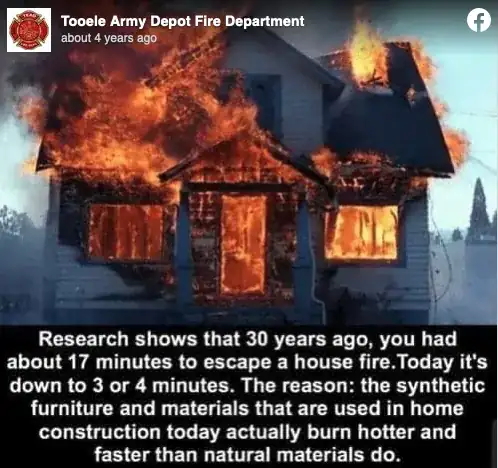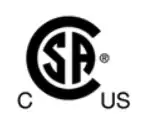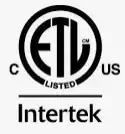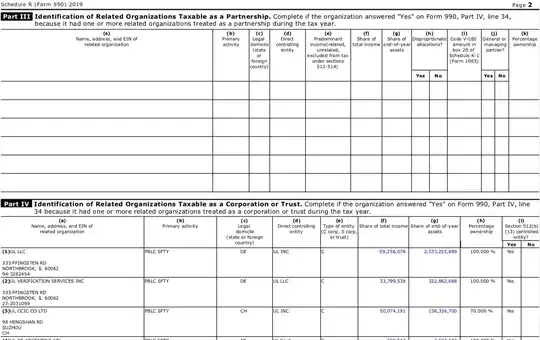TLDR: Not quite accurate, since the canonical source was referring to furnishings, or all the possessions in a home not just furniture.
Understanding how the USA crafts fire-safety rules
This may seem a non-sequitr but it'll make sense later. Bear with me.
When a fire is investigated, the reports go to the National Fire Protection Association (NFPA) and Underwriter's Laboratories (UL). They craft USA standards for [facilities1 and products, respectively. Being non-profit organizations* gives them more freedom of action. When accident/fire data is revealing a problem, they can revise codes, or do direct public education/outreach.
The claim
The unsupported Facebook claim is memetic - but it's a vaguely accurate repeat of claims which are definitely notable, and which I regularly cite. That's why I know how to answer this question :) One should also note that many repeating the claim are reasonably considered authorities in the subject, such as this Fire Department.

In almost every case that cites a source for this claim, the source is UL - the aforementioned standards author. This most likely flows from public outreach which UL did for this cause. That includes building mock living rooms and starting ignition (open-flame) fires and burning them on TV, such as this TODAY show presentation. Such public outreach is well within their remit.
However, this has been independently repeated, with similar results. This is not a surprise as UL is competent, and UL's testing was likely driven by patterns of data they saw in fire reports.
It would be difficult to characterize UL as a non-reliable source, since this is absolutely within their remit, and they are the US's official standards-making body.
This corresponds to what is known about plastics and foam
A prior epidemic of fires was smoldering sources from dropped cigarettes (usually from the smoker falling asleep). Great effort was placed into reducing those, and this oddly favored synthetic (plastic or foam) products. It's easy to make plastic resist a cigarette; just mix in borates. Natural materials can be treated with borate but it may not survive repeated washing. So, smoldering-source tests paradoxically favored synthetic materials.
However, these materials are made of petroleum and must burn exothermically if ignited with a sufficiently persistent source. Unfortunately the smolder resistance leads people to grossly underestimate the overall flammability. "They told us it wouldn't burn!" is frequently heard at accident investigations such as Grenfell Towers, Sunshine Mine, Browns Ferry Nuclear plant etc.
The furniture and products industries, having worked so hard on the "smoldering source" problem, can be forgiven for having "sour grapes" ** for this "open flame source" problem that UL now raises.
The unspoken matter: Toxicity
One thing never discussed in UL's presentation, since the open flames make the point alone, is the relative toxicity of the synthetic materials versus the traditional materials. The synthetics are typically built around cyanates or similar compounds used in 2-part in-situ formation of long-chain molecules (think: epoxy but with other formulations which behave similarly).
When these synthetics burn, the smoke is much more toxic to humans than smoke from traditional materials, and impede brain and motor function, making escape more difficult and further shortening the time to escape. This isn't discussed in any of the material, but it probably is a factor in the "3-minute escape".
Separately, building construction too
Also widely reported.
This is because of differing materials (foam again, plus glues in laminated materials being flammable or simply the glues weakening in the high temperature).
End of answer. The rest is footnotes.
Because if you don't, people go "prove it". You might not, but others would. In particular there are actors who would like to discredit UL, because they want to market products in the US that do not meet UL standards.
* NFPA and UL are nonprofits. Really.
"If I'm a Cylon, you're really fracked." - Cmdr. Adama
NFPA's EIN is 04-1653090. UL's EIN is 36-1892375. (sorry for the signupwall; Guidestar is perfectly respectable; search those EINs on IRS.GOV if you prefer). As a taint check, Tesla's EIN is 91-2197729. ***
UL has two major roles: writing product standards, and as a testing laboratory to certify products to standards. Once, each country had their own UL equivalent which held a monopoly on testing. Free trade treaties opened testing to competition; for instance:



Are three different testing labs certifying a product as complying with both the USA standard authored by UL, and the Canada standard authored by CSA. USA OSHA curates the list of these qualified Nationally Recognized Testing Labs. For tax reasons, UL has "spun off" its testing lab division into UL LLC, a for-profit subsidiary wholly owned by the nonprofit (so lack of corrupting profit motive). **** Due to the 100% ownership of the LLC, the "profit motive" does not take over (as there are no minority shareholders entitled to best effort to profit).
The tests aired on the TODAY show fetured John Drengenberg who works for UL Proper, not the LLC. LinkedIn and UL's own pages.
UL's motivation is primarily their mission: safety; but also promoting their standards, "softening the battlefield" for standards changes, and possibly a clap-back to foreign mail-order products which do not meet those standards. But I'm speculating.
The claim is also repeated by a definitely nonprofit arm of UL proper, the Firefighter Safety Research Institute.
**
The American Home Furnishings Alliance represents manufacturers. Their statement, from today.com:
In the 1970s, much of the upholstered furniture manufactured in the United States transitioned to polyurethane foam and other synthetic materials for cushions. Polyurethane foam is valued for its durability, affordability and hypoallergenic qualities. Furthermore, as the industry began researching ways to make upholstered furniture more fire-safe, polyurethane foam was found to help reduce the chance of ignition from a smoldering source.
This was important, because in all available data from the 1970s through today, the vast majority of home fires that involve upholstered furniture are ignited by a smoldering source.
But not a word about non-smoldering sources. This sounds to me like sour grapes that they worked so hard to deal with the cigarette problem and did not think about the open-flame source problem (or regulators didn't require them to).
*** I also went into my Donor Advised Fund console, which only permits me to re-donate to true non-profits. They permitted donations to UL and NFPA, but not Tesla.
**** And here is UL's Form 990 showing UL LLC as a 100% owned subsidiary.





